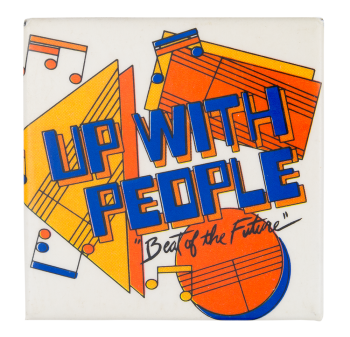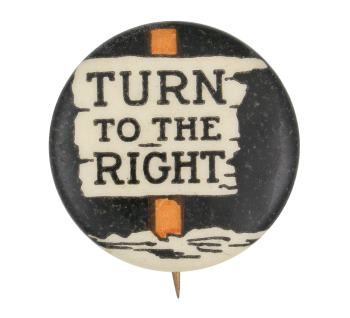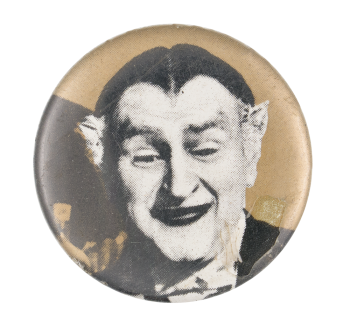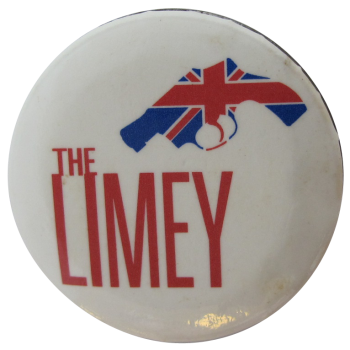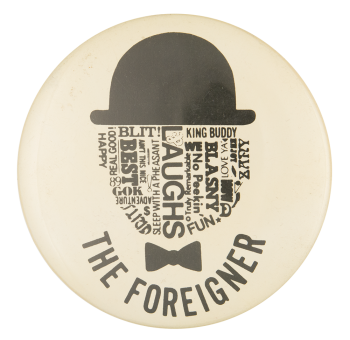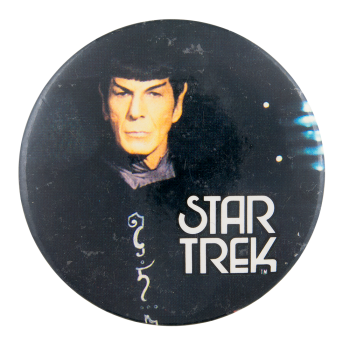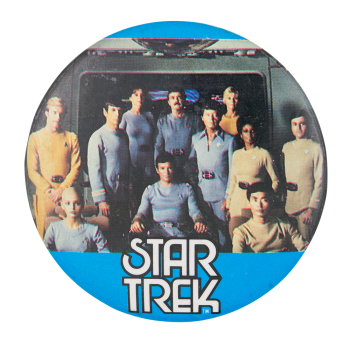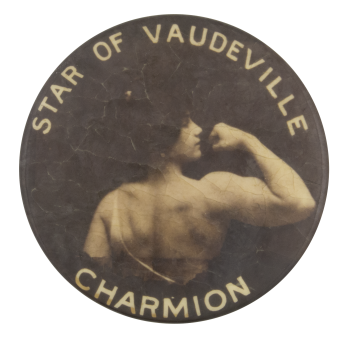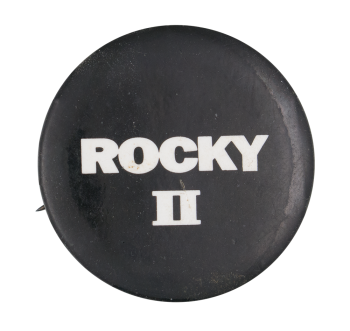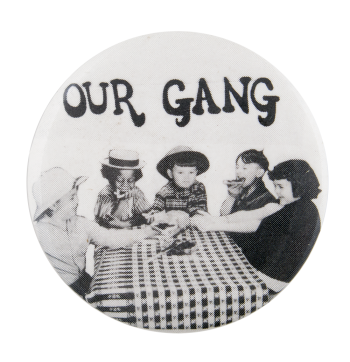Up With People Beat of the Future
| Category | |
|---|---|
| Additional Images | |
| Sub Categories | |
| Text on Button | Up With People "Beat of the Future" |
| Image Description | Red, orange and blue text, music notes and geometric shapes on off-white background. |
| Back Style | |
| The Shape | |
| The Size | |
| Year / Decade Made | |
| Additional Information | Up With People is a song-and-dance organization founded in 1965 that provides a "positive voice for young people during a turbulent period in the United States." The group travels and performs internationally and professes utopian ideals. The group headlined four Superbowl halftime shows. Up With People's "The Beat of the Future" was featured as the halftime show during Superbowl XX in 1986. Critics of the group note government and mega-corporate funding, claiming that the group was propaganda intended to supress the counterculture movements of the 1960s and 1970s. |
| Sources |
Up with People. (n.d.). About us. Retrieved March 11, 2013 from https://upwithpeople.org/who-we-are/about-us/ Up with People at the Super Bowl. (2024, August 27). In Wikipedia. Retrieved November 5, 2024 https://en.wikipedia.org/wiki/Up_with_People_at_the_Super_Bowl |
| Catalog ID | MU0049 |

